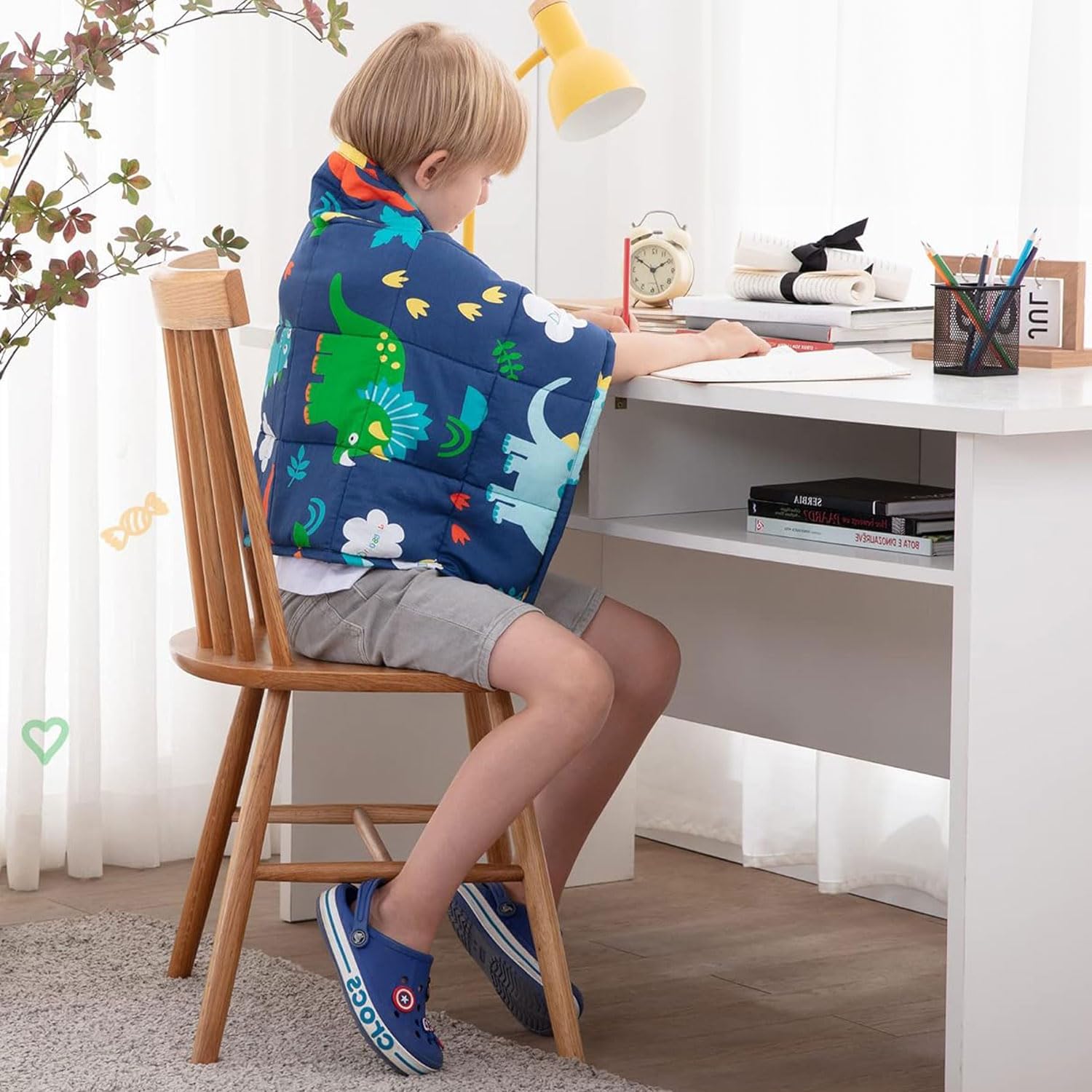Choosing a pet for a family with a hyperactive child can be both exciting and challenging. The right pet can provide companionship, help teach responsibility, and encourage calm behavior. Certain animals are more suitable for families with active children, offering a balance of companionship and the ability to engage a child’s energy positively. Below, we’ll explore some of the best pets for families with hyperactive kids and the benefits they offer.
1. Dogs: Loyal and Engaging Companions
For families with a hyperactive child, a well-matched dog breed can provide the perfect balance of fun and structure. Dogs like Labradors, Golden Retrievers, and Border Collies are intelligent, patient, and known for their playful nature, making them ideal for children. Active breeds encourage outdoor play, which helps burn off energy and promotes physical activity. Properly trained, a dog can teach a hyperactive child discipline and responsibility, giving them a sense of structure while building a lifelong bond.
2. Cats: Independent Yet Interactive
Cats are often low-maintenance pets, which can be beneficial for busy families. They are playful, especially as kittens, and can entertain a child with toys or gentle games. Unlike dogs, cats do not require constant attention, offering children the chance to learn boundaries and patience. Hyperactive children often benefit from a calm, purring companion that can help soothe them, creating a comforting presence in the home.
3. Guinea Pigs: Small Yet Social
Guinea pigs are friendly, easy-to-handle pets that don’t require extensive space. They enjoy being gently petted, which can have a calming effect on active children. These small animals are relatively easy to care for and can live in a cage, making them suitable for families who prefer a pet that doesn’t need as much direct interaction. Guinea pigs are social creatures that can engage a child’s attention and help foster a nurturing instinct.
4. Rabbits: Playful but Calming Pets
Rabbits are gentle animals that enjoy playtime, often becoming active and hopping around when let out of their cage. Rabbits are perfect for a child who may need a pet they can care for but not over-handle. They require patience and a gentle touch, helping hyperactive children learn how to control their impulses. Rabbits are also relatively easy to care for and can be kept indoors in a designated space, making them a manageable choice for a busy household.
5. Fish: Quiet Companions for Calm Moments
Though fish may not provide physical interaction, watching fish swim in an aquarium can be incredibly calming. A well-maintained fish tank can offer a serene environment that helps hyperactive children relax. Observing fish teaches patience and can also introduce children to basic responsibilities, like feeding and tank cleaning. This simple but engaging pet option can be ideal for children who may be overwhelmed by more hands-on animals.
6. Birds: Fun and Interactive Pets
Birds like budgies or parakeets are highly interactive and intelligent animals that can learn tricks, talk, and bond with their owners. These birds are active and social, which can captivate a hyperactive child’s attention. Handling birds requires gentleness, allowing kids to learn empathy and restraint. However, it’s essential to supervise interactions to ensure that both the child and bird are comfortable and safe.
7. Turtles: Low-Maintenance and Fascinating
Turtles are quiet, easy-going pets that require minimal handling, making them suitable for households where a child may have unpredictable energy. Turtles can capture a child’s interest through their unique behaviors and appearance, providing educational opportunities as well. They can be housed in a tank and cared for with moderate effort, giving a family a manageable pet option that’s also fascinating to observe.
Choosing the Right Pet for Your Family
When choosing a pet, it’s important to consider the child’s energy levels, personality, and interests. Each type of animal has its own specific care requirements and benefits, so the best fit will depend on your family’s lifestyle and ability to meet the pet’s needs. With the right pet, your family can enjoy a rewarding relationship that helps your child feel happier, calmer, and more connected.



